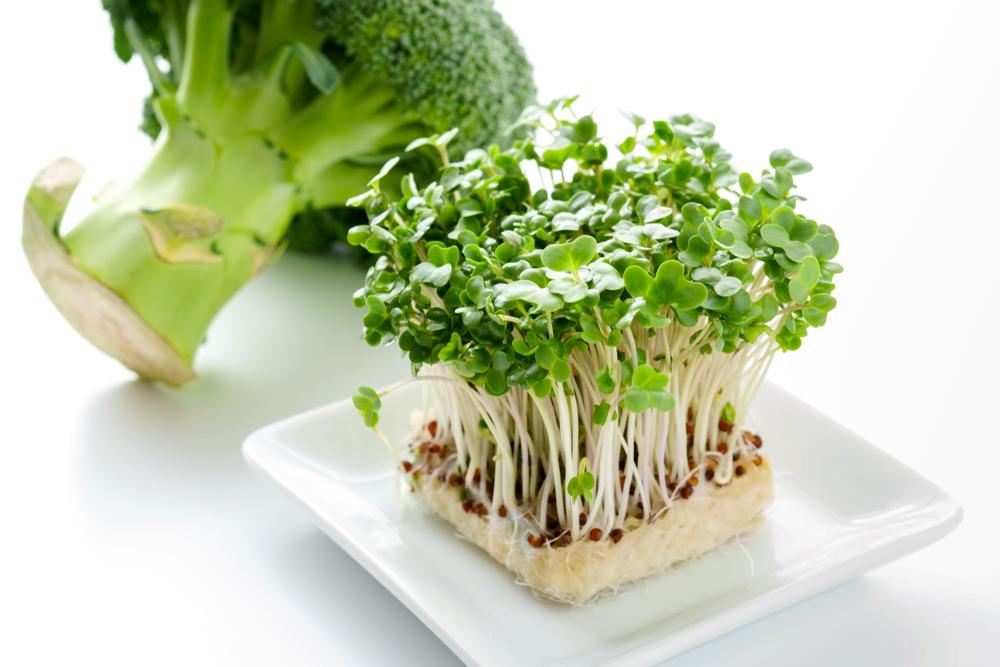Antimicrobial resistance has been on the rise for decades, making easily treatable infections a serious threat again. The breakthrough could lie in these everyday vegetables, which attack the killer cells responsible for one of the deadliest modern diseases.
STORY AT-A-GLANCE
- Cruciferous vegetables have long been cherished for their health benefits. Broccoli, cabbage, collards, Brussels sprouts, cauliflower, kale and bok choy, just to name a few, contain several plant compounds that are important for optimal health, including powerful chemoprotective compounds
- One of the most well-known of these is sulforaphane, an organic sulfur. Sulforaphane supports normal cell function and division while causing apoptosis (programmed cell death) in several types of cancer
- Another important phytochemical found in cruciferous veggies is indole-3 carbinol (I3C), which is converted into diindolylmethane (DIM). DIM boosts immune function and, like sulforaphane, has anticancer properties
- Recent research has found DIM effectively inhibits antibiotic-resistant biofilms and significantly boosts the effectiveness of antibiotics. Pseudomonas aeruginosa and Acinetobacter baumannii are both resistant to multiple drugs. DIM was able to inhibit biofilm formation in these bacteria by 65% to 70%
- When DIM was combined with the antibiotic tobramycin, biofilm growth of P. aeruginosa was diminished by 98%. Applied topically to infected wounds, DIM with or without the antibiotic gentamycin allowed for significantly faster healing, while treatment with gentamycin alone had no effect
Cruciferous vegetables have long been cherished for their health benefits. Broccoli, cabbage, collards, Brussels sprouts, cauliflower, kale and bok choy, just to name a few, contain several plant compounds that are important for optimal health, including powerful chemoprotective compounds.
Dr. Joseph Mercola is the founder of Mercola.com. An osteopathic physician, best-selling author, and recipient of multiple awards in the field of natural health, his primary vision is to change the modern health paradigm by providing people with a valuable resource to help them take control of their health.
Author’s Selected Articles






